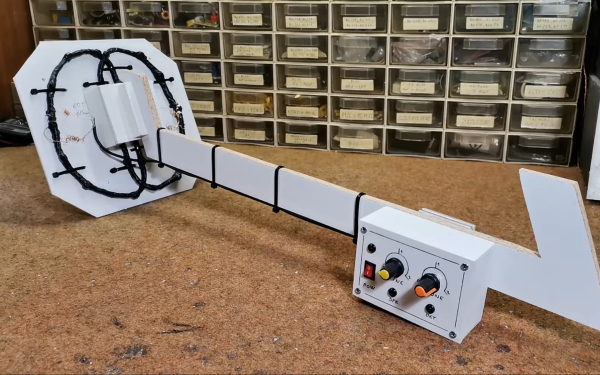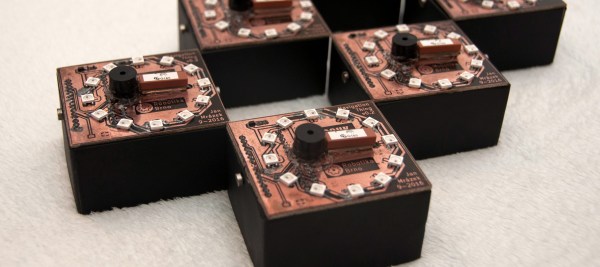Sometimes simpler is better — when you don’t need the the computational power of an onboard microcontroller, it’s often best to rely on a simple circuit to get the job done. With cheap Raspberry Pis and ESP32s all over the place, it can be easy to forget that many simpler projects can be completed without a single line of code (and with the ongoing chip shortage, it may be more important now than ever to remember that).
[mircemk] had the right idea when he built his simple induction-balance metal detector. It uses a couple of 555 timers, transistors, and passives to sense the presence of metallic objects via a coil of wire. He was able to detect a coin up to 15 cm away, and larger objects at 60cm — not bad for a pile of components you probably have in your bench’s spare parts drawer right now! The detector selectivity can be tuned by a couple of potentiometers, and in true metal detector fashion, it has a buzzer to loudly blare at you once it’s found something (along with a LED, in case the buzzer gets too annoying).
All in all, this metal detector looks like a terribly fun project — one perfectly suited to beginners and more seasoned hackers alike. It serves as a great reminder that not every project needs WiFi or an OLED display to be useful, but don’t let that stop you from overdoing things! If touchscreens are more your speed, [mircemk] has got you covered with a smartphone-integrated version as well.
Continue reading “Treasure Hunting With A Handful Of Common Components”













